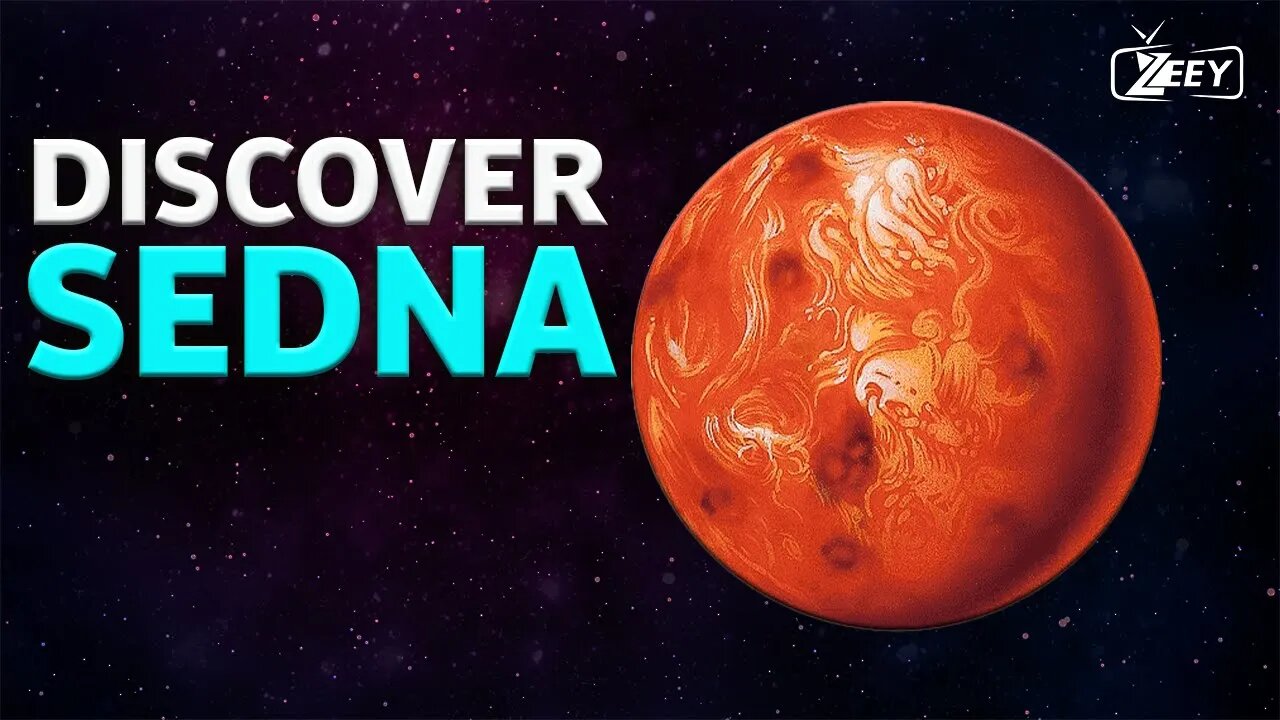Premium Only Content

SEDNA: THE DWARF PLANET THE SOLAR SYSTEM'S HIDDEN TREASURE | OORT CLOUD | PLANET NINE | EXOPLANETS
#dwarf planets# outer solar system#sedna mythology
sedan is a celestial object in our solar system, specifically a trans-Neptunian object (TNO). It was discovered on November 14, 2003, by astronomers Michael Brown, Chad Trujillo, and David Rabinowitz. Sedna is notable for several reasons:
Distant Orbit: Sedna has an extremely elongated and distant orbit that takes it far from the Sun. Its average distance from the Sun is about 486 astronomical units (AU), where 1 AU is the average distance between the Earth and the Sun. At its farthest point in its orbit, it can reach distances of over 900 AU from the Sun. This makes Sedna one of the most distant known objects in our solar system.
Size and Composition: Sedna is classified as a dwarf planet, although it is relatively small compared to other known dwarf planets like Pluto. Its exact size is uncertain, but it is estimated to have a diameter of about 1,000 to 1,200 kilometers (620 to 750 miles). Its composition is likely a mixture of rock and ice.
Unusual Orbit: The orbital characteristics of Sedna have led to speculation about its origin. Some astronomers believe that Sedna may have formed closer to the Sun and was then gravitationally perturbed by a passing star or another massive object, which sent it into its current distant orbit.
Slow Rotation: Sedna has a slow rotation period, estimated to be about 10 hours. This slow rotation suggests that it is not significantly elongated or flattened by its rotation, unlike some other objects in the solar system.
Discovery and Naming: Sedna is named after the Inuit goddess of the sea, who is believed to inhabit the frigid waters of the Arctic Ocean. The choice of this name reflects the extreme cold and remote location of the object in the outer solar system.
Sedna's unusual characteristics make it a subject of ongoing scientific research and investigation, as it holds clues to the early history and dynamics of our solar system
#DwarfPlanets#Pluto#Eris#Haumea#Makemake#Ceres#KuiperBelt#TransNeptunianObjects#Astronomy#spaceexploration #solarsystemwonders#exoplanets #celestialnavigation#TransNeptunianObjects#KuiperBelt#ScatteredDisk#DwarfPlanets#TNOs#Astronomy#SolarSystem#OuterSolarSystem#SpaceExploration#CelestialObjects
-
 LIVE
LIVE
Badlands Media
9 hours agoBadlands Daily: August 25, 2025
2,254 watching -
 UPCOMING
UPCOMING
Major League Fishing
3 days agoLIVE! - Fishing Clash Team Series: Challenge Cup - Day 2
500 -
 35:18
35:18
The Quiet Part
2 hours agoMAID Is Coming for the Mentally Ill — But This Could Change Everything
67 -
 LIVE
LIVE
LFA TV
14 hours agoLFA TV ALL DAY STREAM - MONDAY 8/25/25
4,901 watching -
 LIVE
LIVE
Surviving The Survivor: #BestGuests in True Crime
1 hour agoLIVE Court: Wendi Adelson Testifies Against Mom, Donna Adelson, in Dan Markel's Murder Trial
254 watching -
 LIVE
LIVE
JuicyJohns
1 hour ago $0.05 earned🟢#1 REBIRTH PLAYER 10.2+ KD🟢
100 watching -
 1:14:57
1:14:57
JULIE GREEN MINISTRIES
3 hours agoRUSSIA IS ABOUT TO RELEASE SOMETHING THAT WILL CRUSH THE ESTABLISHMENT
65.5K169 -
 LIVE
LIVE
GritsGG
1 hour agoWin Streaking! Coloring Hair at End of Stream! Most Wins 3435+ 🧠
35 watching -
 1:33:58
1:33:58
Welcome to the Rebellion Podcast
20 hours ago $0.03 earnedMonday Funday - WTTR Podcast Live 8/25
12.2K1 -
 1:21:24
1:21:24
Game On!
16 hours ago $0.06 earnedTom Brady And The Las Vegas Raiders ARE BACK! 2025 NFL Preview!
30.7K1